You may be familiar with traditional heat pumps, but have you ever wondered how thermoelectric heat pumps work using the Seebeck Effect? This innovative technology harnesses the principles of thermoelectricity to efficiently transfer heat from one area to another without the need for traditional refrigerants or moving parts. In this blog post, we will explore the fascinating process of how thermoelectric heat pumps utilize the Seebeck Effect to provide heating and cooling solutions in a variety of applications.
Fundamentals of Thermoelectricity
Historical Background of the Seebeck Effect
To understand the fundamentals of thermoelectricity, we must first explore into the historical background of the Seebeck Effect. Discovered by Thomas Johann Seebeck in 1821, this phenomenon involves the generation of an electromotive force when there is a temperature difference between two different conductors or semiconductors.
Principles of the Seebeck Effect and Related Phenomena
When considering the principles of the Seebeck Effect and related phenomena, it all boils down to the conversion of heat energy into electrical energy. This is made possible by the thermoelectric materials’ ability to generate a voltage across a temperature gradient, allowing for the creation of thermoelectric heat pumps that can transfer heat from one side to the other.
Related phenomena include the Peltier effect, where the application of an electric current between two dissimilar materials can create a temperature difference, and the Thomson effect, which describes the heat absorbed or released when current flows through a conductor with a temperature gradient.
Working of Thermoelectric Heat Pumps
Components of a Thermoelectric Heat Pump
Some of the key components of a thermoelectric heat pump include thermoelectric modules, heat exchangers, and a power source. Thermoelectric modules are made up of two different types of semiconductors and are connected electrically in series and thermally in parallel. Heat exchangers are crucial for transferring heat efficiently, while a power source is needed to drive the thermoelectric modules.
Thermodynamic Cycle in Thermoelectric Devices
Pump: Some thermoelectric devices operate based on the principles of the thermodynamic cycle. This cycle involves the absorption of heat at the cold side of the device, the movement of electrons from the cold side to the hot side, and the release of heat at the hot side. By utilizing the Seebeck effect, thermoelectric heat pumps can effectively transfer heat from one side to the other.
Understanding: The thermodynamic cycle in thermoelectric devices is vital for the effective operation of thermoelectric heat pumps. By harnessing the Seebeck effect, these devices can provide efficient cooling or heating by utilizing the flow of heat from a low-temperature reservoir to a high-temperature reservoir.
Applications and Efficiency
Common Applications of Thermoelectric Heat Pumps
Any thermoelectric heat pump finds widespread use in various industries for both heating and cooling applications. Common areas where these pumps are applied include refrigeration units, air conditioning systems, thermal management in electronics, and even in automotive seat coolers. These heat pumps provide efficient and reliable cooling or heating solutions that are compact and often offer precise temperature control.
Efficiency and Performance Metrics
For thermoelectric heat pumps, efficiency is a critical factor in determining performance. Key metrics used to assess efficiency include the Coefficient of Performance (COP) and the energy efficiency ratio (EER). The COP indicates the ratio of heat moved to the input work required, while the EER expresses the cooling capacity in relation to the electrical power input. Higher values of COP and EER indicate better efficiency.
Another important factor affecting the performance of thermoelectric heat pumps is the temperature gradient across the device. Greater temperature differentials can lead to higher efficiencies but may also pose challenges in maintaining system stability and reliability. Design considerations and material selection play a crucial role in optimizing the performance of thermoelectric systems.
Advancements and Future Prospects
Recent Technological Improvements
Noteworthy advancements have been made in recent years to improve the efficiency and performance of thermoelectric heat pumps. Researchers have focused on optimizing materials, such as using nanostructured or composite materials, to enhance the thermoelectric properties. Additionally, innovative designs and manufacturing techniques have been employed to minimize heat loss and improve heat transfer within the system, leading to more energy-efficient solutions.
Future Trends in Thermoelectric Cooling and Heating
For the future of thermoelectric cooling and heating, technological advancements are expected to further enhance the efficiency and applicability of thermoelectric heat pumps. Researchers are exploring the integration of IoT technologies for smart control and monitoring of thermoelectric systems, as well as the development of flexible and scalable designs for a wide range of applications. Additionally, the focus is on sustainable and eco-friendly materials to address environmental concerns and make thermoelectric heat pumps a more viable and competitive solution in the heating and cooling industry.
It is anticipated that ongoing research and development efforts will continue to push the boundaries of thermoelectric heat pump technology, paving the way for more energy-efficient and sustainable cooling and heating solutions in the future.
Conclusion
On the whole, thermoelectric heat pumps effectively utilize the Seebeck effect to transfer heat from one side of the device to the other by converting temperature differences into electricity. This technology offers a sustainable and efficient way to cool or heat a space without the need for refrigerants, making it an environmentally friendly alternative to traditional heating and cooling systems. By harnessing the principles of thermoelectricity, these heat pumps provide a promising solution for reducing energy consumption and promoting sustainability in various applications.
Related Posts
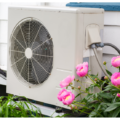 Are Piezoelectric Heat Pumps A Viable Alternative For Heating?
Are Piezoelectric Heat Pumps A Viable Alternative For Heating?
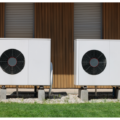 Have You Considered Using Thermotransport Heat Pumps In Your Home?
Have You Considered Using Thermotransport Heat Pumps In Your Home?
 Understanding The Cost Savings Of Heat Pumps – A Closer Look
Understanding The Cost Savings Of Heat Pumps – A Closer Look
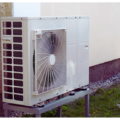 Why Thermionic Heat Pumps Could Be The Next Big Thing In Home Heating?
Why Thermionic Heat Pumps Could Be The Next Big Thing In Home Heating?
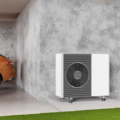 Is Magnetic Heat Pump Technology Worth Investing In?
Is Magnetic Heat Pump Technology Worth Investing In?
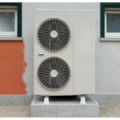 Can Geothermal Heat Pumps Revolutionize Your Home Heating?
Can Geothermal Heat Pumps Revolutionize Your Home Heating?
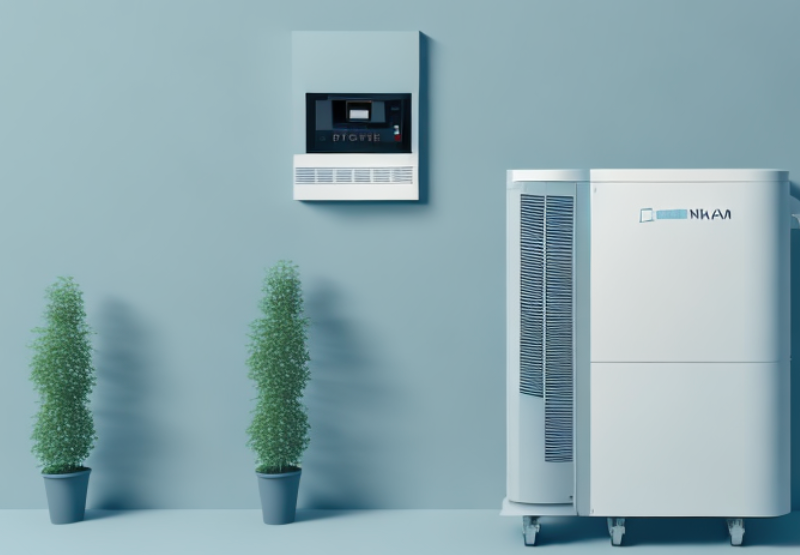 5 reasons why Nilan heat pumps are popular
5 reasons why Nilan heat pumps are popular
 Nilan Compact P Air 9 – A Feature-Packed Ventilation Unit for Homes
Nilan Compact P Air 9 – A Feature-Packed Ventilation Unit for Homes
 Nilan Compact P EK: A Revolutionary Ventilation System for Modern Buildings
Nilan Compact P EK: A Revolutionary Ventilation System for Modern Buildings
 Expert Advice On Choosing The Right Nilan Supplier For Your Project
Expert Advice On Choosing The Right Nilan Supplier For Your Project

